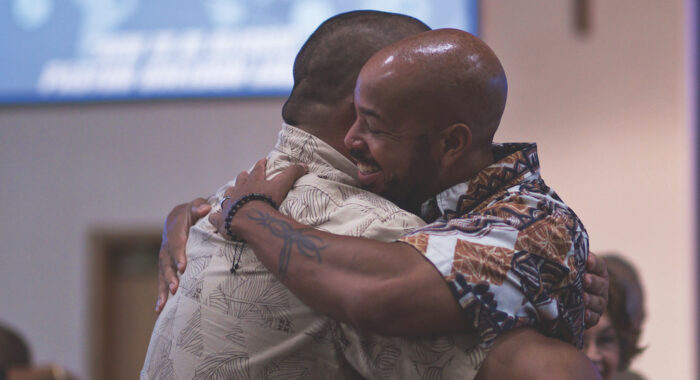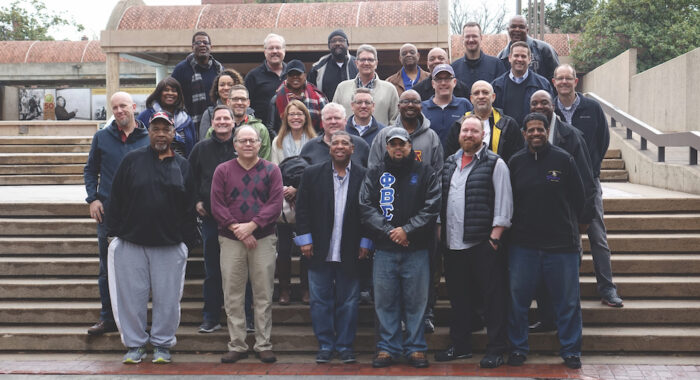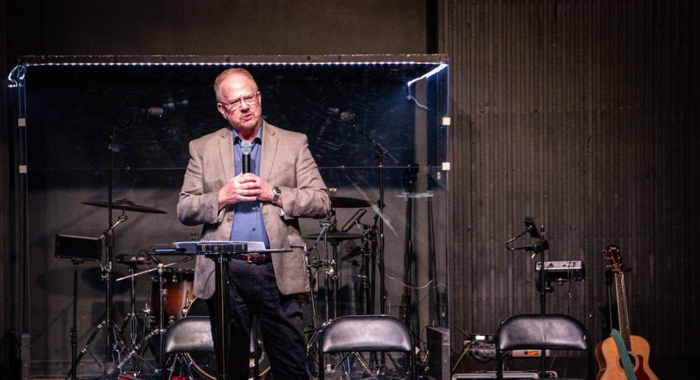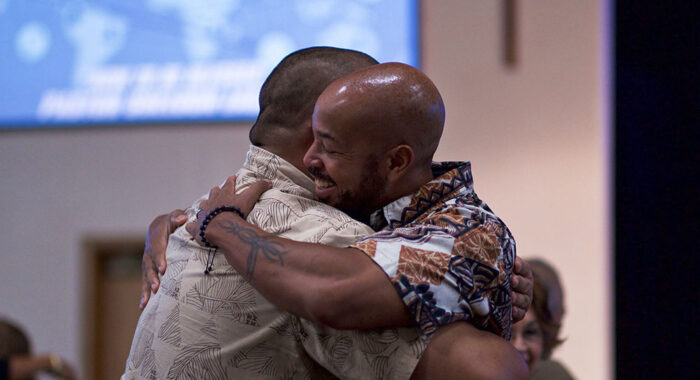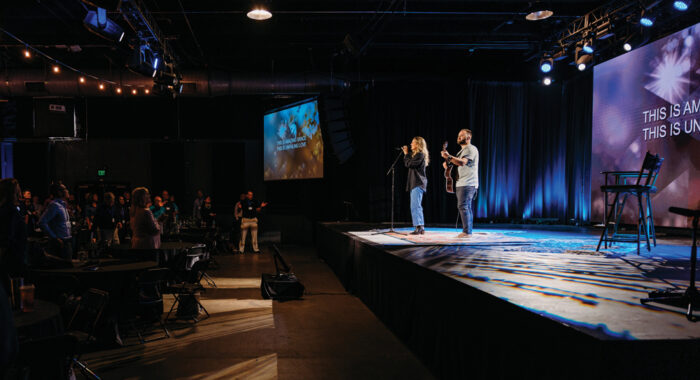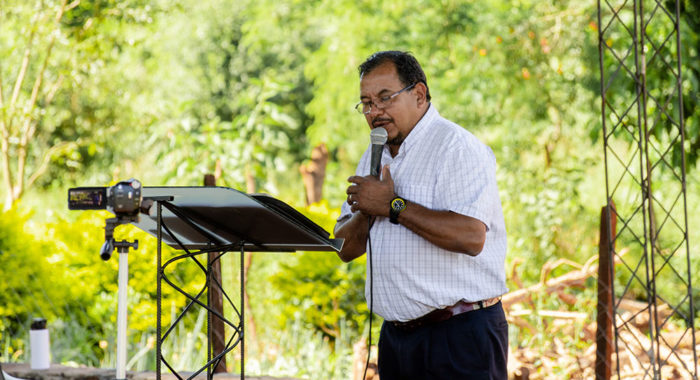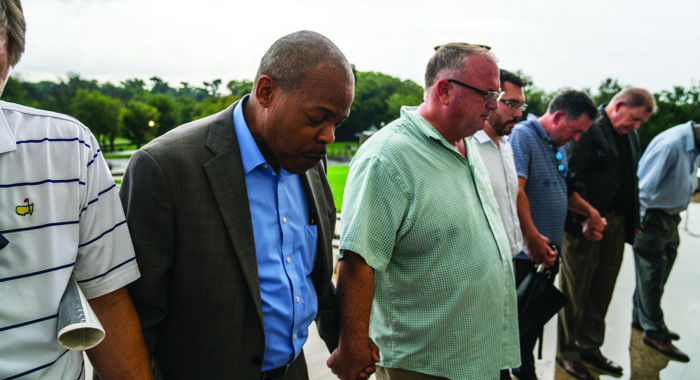It is cliché to say that the world has changed. Indeed, it is cliché to say churches have changed as a result of COVID. But the change is real, powerful and consequential.
Some of the changes in churches are ephemeral. For example, we are already seeing how the streaming, digital worship service has been transitioned from critical to supplemental at best. Likewise, we have seen a significant decline in digital small groups as churches regather in-person.
Still, some changes are long-lasting. They will likely change the shape of congregations for years to come. The post-COVID era will be a time where the trajectory of churches changed dramatically from pre-pandemic days. Let’s look at three of some the major categories of change that will likely be present for the years to come.
Ministry Staff Re-evaluation
Our team at Church Answers dealt with more pastors and church staff dealing with fatigue, discouragement and depression in 2020 than any previous year. These challenges continue to manifest themselves well past 2020.
Some pastors and staff simply quit. Many of them were Boomers (born between 1946 and 1964). They accelerated a trend that was already in place. There are not sufficient numbers of younger pastors, specifically Millennials and Gen Xers, to replace the retiring and withdrawing Boomer pastors. An immediate and longer-term consequence of this trend is a shortage of pastors and other ministry staff. We are already seeing longer interim periods between pastors, and we anticipate this period will lengthen in the months and years ahead.
One of the responses to pastor shortages is an increase in the number of pastors and staff who are not compensated full time. For those churches that simply cannot afford a full-time pastor, we categorize their pastors as bivocational. For those congregations where the churches and their pastors mutually agree that the pastor will not be full-time compensated even when funds are available, we call their pastors covocational.
Both the bivocational pastors and the covocational pastors will increase in number as a consequence of COVID. We need to be answering pressing questions now: How will they be trained? What are the implications for church members and other church staff? How will these pastors be found and called?
In many ways, this post-COVID trend could be a blessing. Churches will be forced to equip the members to do the work of ministry. Pastors and other church staff must re-evaluate their priorities and focus on doing the essentials of ministry. Funds will be freed from personnel costs to
ministry opportunities.
Increase in Change Receptivity
Our team at Church Answers often refers to the post-COVID world as “the blank slate.” Think how many changes churches had to make during the pandemic. They could no longer gather in person, so they began viewing services online. COVID prevented pastors and staff from personally visiting members, particularly those in hospitals. A number of churches were introduced to online giving for the first time since churches could not gather and pass the offering plates.
At least for a season, we have seen church members grow in their receptivity to change. For those church leaders who saw this time as a blank slate to introduce change, that receptivity could be long-lasting.
One clear example to a greater willingness to change is the newly-accelerated growth of multisite and multivenue churches. Many church members are much more open to this approach to ministry and evangelism than they were prior to the pandemic. In fact, in our tracking of churches that were growing prior to COVID, the majority of them had multiple sites. Stated simply, churches were more likely to grow horizontally through multisites than they were vertically through single sites.
During the pandemic, we estimate that well over 10,000 congregations in North America were on the precipice of closing. The remaining members of these churches often sought the help of other churches. The common consequence of this assistance was the adoption of the less healthy church by the healthier church. At the point the adoption was finalized, the healthier church added a site and thus became multisite.
Over the past two decades, the multisite movement was largely the domain of larger churches. But the post-COVID world is one where more smaller churches will become multisite. The acceleration of this trend would not have happened if church members had not been through the dramatic changes introduced by the pandemic.
Our team is working with more churches than ever where the theme is largely “the blank slate.” Church leaders at least intuitively see the opportunity to introduce positive change for a season. The change that is wrought among congregations for the next several months or a few years will change the landscape of congregational life for decades to come. Now is the time for churches to cast vision for their congregations.
We will see more multisite churches. We will see more bivocational and covocational pastors. We will see facilities changed and reimagined to be more relevant and efficient. We will see the rise of networks as churches choose to work together across traditional boundaries.
We also anticipate a change that could prove to be an incredible gift from God. We believe churches will become more evangelistic.
The Resurgence of Evangelistic Churches
Perhaps the most positive consequence that will transpire in the post-COVID world will be a powerful resurgence of evangelism in local congregations. Now, I wish we could say that this great movement is because church leaders and members were finally convicted that obedience to the Great Commission was a mandate they should follow. But the reality is that churches will become more evangelistic because there are few alternatives to congregational survival.
Though the movement will likely be more pragmatic than prayerful, God will still use these efforts to spread the gospel.
So, if not obedience, why will churches turn to evangelism in a post-COVID world? Frankly speaking, nonbelievers are about the only group left to reach. Cultural Christians, those who profess Christ in name only, are diminishing in number. One no longer has to claim to be a Christian or church member in North America to be culturally accepted.
Additionally, the birthrate is plummeting in the United States. The Centers for Disease Control and Prevention released a provisional report that the year 2020 marked the lowest birth rate on record, both a continuing and accelerating trend.
So, church leaders faced with the reality that increases will not come from cultural Christians and biological growth will turn to evangelism out of necessity. For certain, there will be some churches and leaders who will make this move out of biblical obedience. Either way, the gospel will be carried forth, and men and women who hear the good news will become followers of Christ in greater numbers.
Though it is premature to claim with certainty how extensive this evangelistic movement will be, we can predict with a high level of confidence that more people will be evangelized in North America than in any period since
the 1970s.
The Shape of Faith to Come
There is no doubt the COVID-19 pandemic has been tragic. Illness has been rampant. Many lives have been lost. Economies have been devastated.
And there is no doubt that churches and their leaders have suffered greatly as well. The pandemic has been a trying time for church leaders and church members.
But there are at least preliminary signs that some of the changes may prove to be good, even great. Perhaps if we add a movement of prayer to a movement of evangelistic intentionality, we can truly see some great days ahead for our churches.
It likely won’t be easy. And it likely won’t be quick. But, in God’s power, we could see the changes resulting in an unprecedented evangelistic harvest. Then we will know a pandemic meant to harm and kill was used by God for greater things than we ever imagined.
This article originally appeared in Evangelicals magazine.
Thom Rainer is the founder and CEO of Church Answers, a community of experts and ministry leaders that helps pastors nurture their churches toward better health and kingdom impact. Prior to founding Church Answers, Rainer served as president and CEO of LifeWay Christian Resources. He also served as founding dean of the Billy Graham School of Missions and Evangelism at The Southern Baptist Theological Seminary. Rainer also led Rainer Group, a church and denominational consulting firm, from 1990 to 2005. He has written over two dozen books. Rainer is a graduate of the University of Alabama and earned his M.Div. and Ph.D. from The Southern Baptist Theological Seminary.




 View All Articles
View All Articles 


